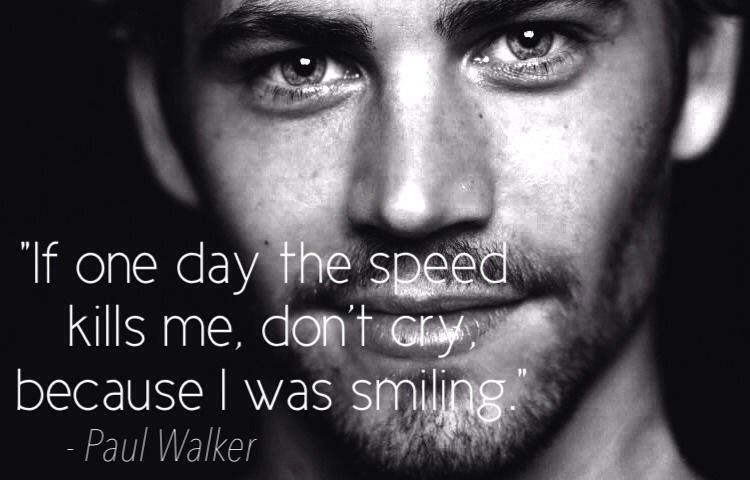There was lots of speculation surrounding the death of Paul Walker. Some said the Carrera GT->ke2124 may have had a mechanical failure, some thought maybe the driver was under the influence, some thought Walker survived the crash only to die in the resulting fire and others thought maybe this was all the result of a street race gone bad. Well, the investigators checking into the crash have released their findings and we found that none of these scenarios are true.
Plain and simple, it was pure speed that was the demise of Mr. Walker. According to the report, the Carrera GT -- a notoriously difficult sports car->ke506 to drive -- was doing between 80 and 93 mph when it collided with the power pole, which meant they were traveling well in excess of the posted 45-mph speed limit -- there was no evidence of a street race though. Walker broke his wrist and arm, and fractured his jaw, collarbone, pelvis, ribs and spine in the accident. Because Walker only had "scant soot" in his trachea, investigators believe it was not smoke or fire that killed Walker.
Both the Driver (Roger Rodas) and Walker were wearing their seat belts, and the airbags deployed as designed. Unfortunately, the Porsche->ke1 was traveling way too fast when it impacted the pole for either to do any bit of good in saving their lives. The only mechanical issue on the car was the fact that the tires were nine years old, and the rubber may not have been in the greatest of condition for handling that type of speed.
At the very least, this closes up the Paul Walker case and affords us the chance to look at his impact in the world rather than focusing on what killed him.
RIP, Mr. Walker...
Click past the jump to read more about Paul Walker's death and how it affected "Fast & Furious 7."
Paul Walker dies in a car crash
Universal Studio's Emotional Paul Walker Tribute
What Paul Walker's Death Means to the "Fast & Furious" Series
"Fast & Furious 7" will be Filmed Using a Virtual Paul Walker


